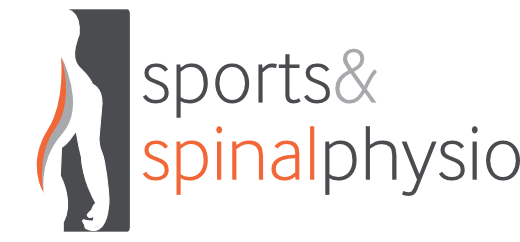News & Blog
Category: Spinal Pain
- Unresolved Back Pain, Neck Pain and Nerve Pain – How does IDD Therapy Spinal Decompression Help
- The problem with spines!
- You only get out what you put in!
- Is IDD the best non-surgical treatment for prolapsed and herniated disc?
- 300 Different Types of Headache… Are There 300 Different Causes Too?
- Devastated by Back Pain
- Uncontrolled Movement – Pain, Injury and Treatment
- IDD Therapy – Spinal Decompression – New treatment for bulging herniated and slipped discs
- Jean’s Neck Pain
